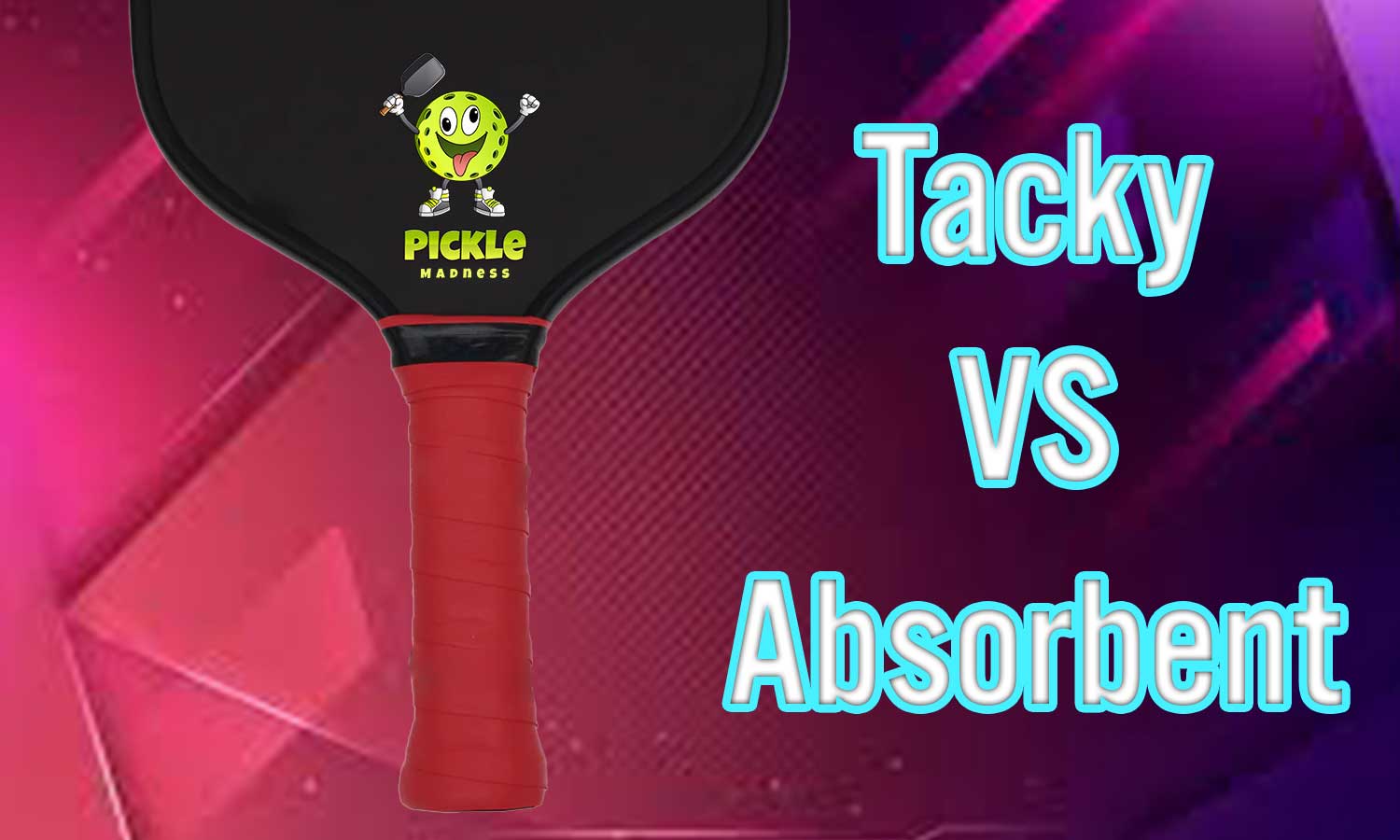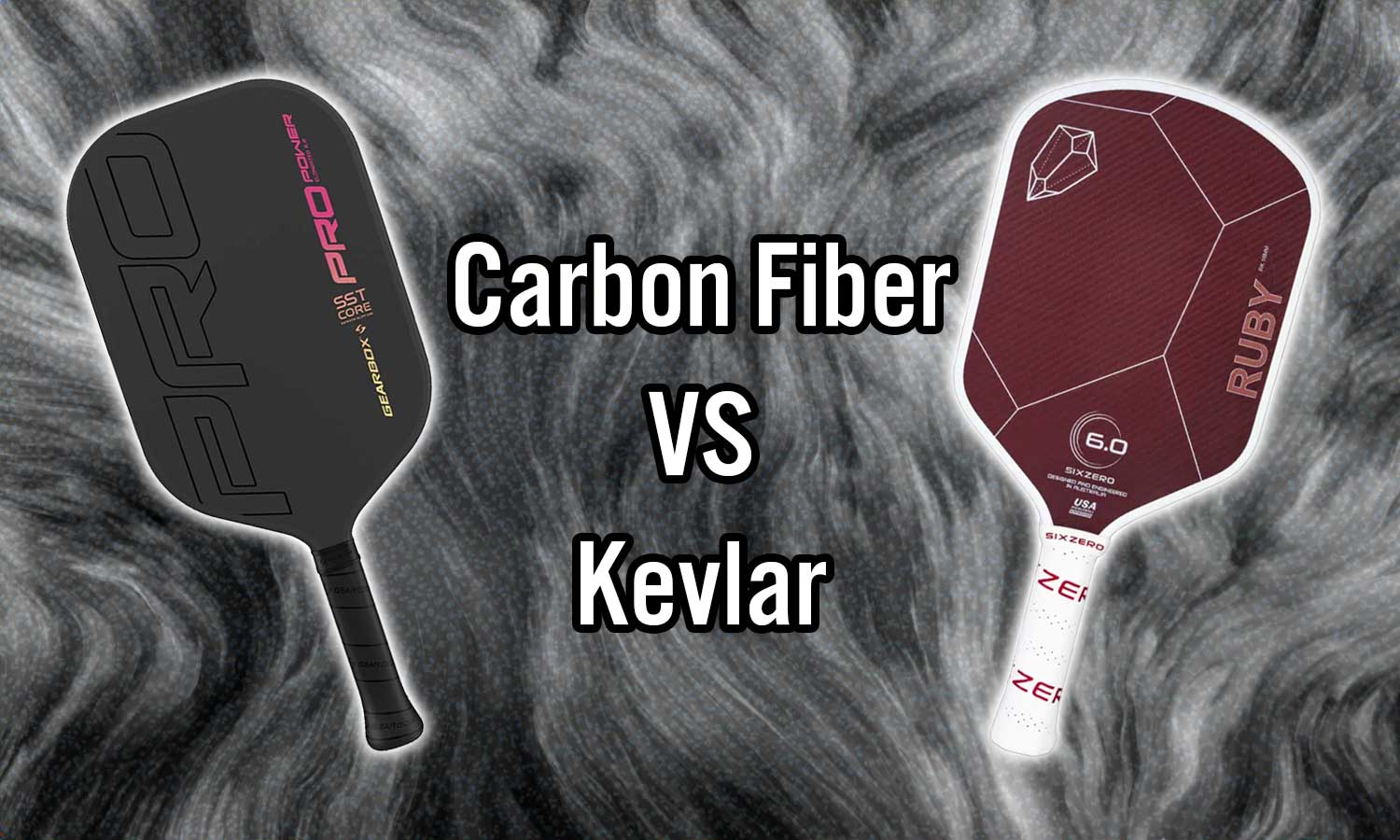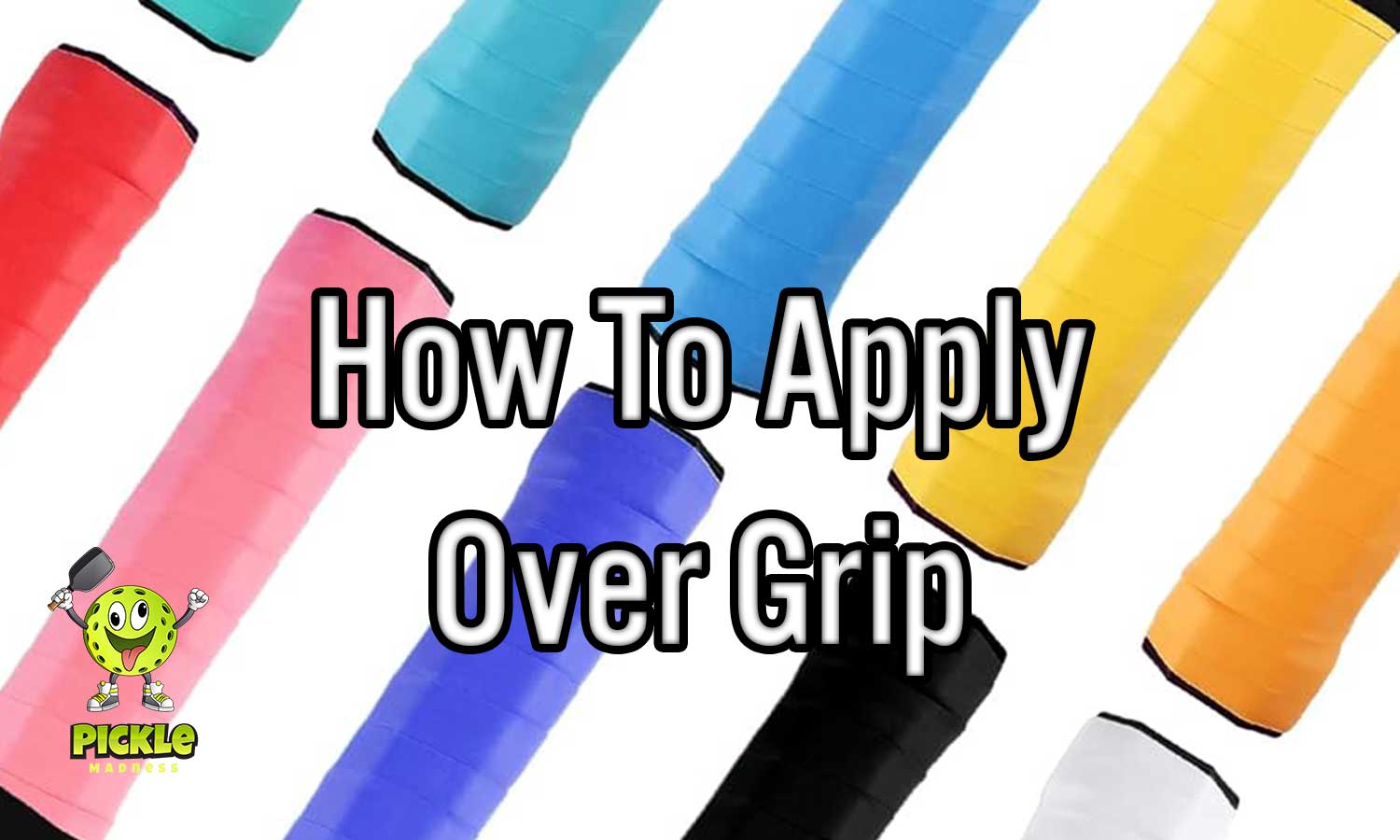Tacky vs. Absorbent Pickleball Overgrips: A Deep Dive into Grip Enhancement
The pickleball court is a battleground of finesse, power, and precision. Every stroke, every dink, and every volley relies on a fundamental element: your grip. In the world of pickleball gear, overgrips have emerged as essential tools for players seeking to elevate their game by maximizing comfort, control, and confidence.
In this comprehensive exploration, we delve into the nuanced world of pickleball overgrips, focusing on the two primary categories: tacky and absorbent. By understanding their unique properties, pros, cons, and ideal applications, you can make an informed decision that aligns with your individual playing style and preferences.
Tacky Overgrips: Unlocking Maximum Grip and Control
Tacky overgrips are renowned for their exceptional grip. They are designed with a special surface texture or material that clings to your hand, even in dry conditions. This heightened grip translates to improved control over your paddle, empowering you to execute shots with greater precision and confidence.
Pros:
- Unparalleled Grip
- Enhanced Control
- Confidence Booster
- Ideal for Power Players
Cons:
- Slippery When Wet
- Less Durable
- Can be Uncomfortable
Absorbent Overgrips: Prioritizing Comfort and Moisture Management
Absorbent overgrips are engineered to effectively wick away sweat and moisture from your hand. They are typically made from materials that absorb perspiration, keeping your hands dry and ensuring a comfortable grip even in hot or humid conditions.
Pros:
- Moisture Management
- Comfort in Humid Conditions
- Improved Durability
- Comfortable Feel
Cons:
- Less Grip in Dry Conditions
- Can Feel Bulky
- Limited Color Options
Choosing the Right Overgrip for You
The decision between a tacky and absorbent overgrip hinges on several factors, including your personal preferences, playing style, and environmental conditions.
Personal Preferences:
- Grip Feel: Do you prefer a tacky, sticky feel, or a more comfortable, cushioned grip? Your personal preference for texture and feel should play a significant role in your decision.
- Hand Size: Consider the size of your hand. Smaller hands may benefit from a thinner overgrip, while larger hands may prefer a thicker option. You might also consider using build-up tape under your overgrip to increase the handle size if needed.
Playing Style:
- Power vs. Finesse: Power players who generate lots of force and spin on their shots might prefer tacky overgrips for their superior grip. Finesse players who rely on touch and precision might opt for the comfort and moisture management of absorbent overgrips.
- Frequency of Play: If you play frequently, you may want to choose a more durable overgrip, such as an absorbent option.
Environmental Conditions:
- Humidity: If you play in humid climates or tend to sweat a lot, an absorbent overgrip is essential for keeping your hands dry. In dry conditions, a tacky overgrip may provide the best grip and control.
- Temperature: Consider the temperature you typically play in. Some overgrips perform better in hot or cold weather.
Remember, the ideal overgrip is the one that feels most comfortable in your hand, provides the grip you need for your playing style, and keeps your hands dry and comfortable throughout your matches. By taking the time to explore the options and experiment, you can discover the perfect overgrip to elevate your pickleball game to new heights.









Leave a comment
This site is protected by hCaptcha and the hCaptcha Privacy Policy and Terms of Service apply.